- Home
- Peter Corris
Mad Dog Moxley Page 2
Mad Dog Moxley Read online
Page 2
Phar Lap's death came at a time when Sydney had more than enough of its own bad news to go on with. Nineteen thirty-two was the worst year of the Depression. Historian Peter Spearritt has pointed out that the dramatic decline in building construction is a clear indicator of the economic malaise. The building of houses, flats, factories and offices practically came to a standstill, reducing the flow of money into the broader economy. Vulnerable unskilled workers such as builders’ labourers lost their jobs, as did skilled tradesmen like carpenters and bricklayers. Government employees and those in banks, hotels and big city stores were the least likely to lose their jobs, though many worked fewer hours for less pay.
Historians disagree about the rate of unemployment, which varied from area to area, occupation to occupation. The rate was lowest of all in suburbs like Vaucluse at 16 per cent and highest in Redfern at 48 per cent. An overall rate of 25 per cent seems safe to suggest, with the rate among women lower than it was among men, principally because their wages were lower. One apparently firm statistic is that 32.5 per cent of registered trade unionists were out of work in New South Wales in 1932. Another is that Australia had a higher unemployment rate in that year than any other industrialised country apart from Germany.
Australia continued to import and export, although at a reduced level. Ships arrived, unloaded, took on cargoes and left, and while work was available at the Sydney wharves there were many more willing hands than jobs. Desperate men lined up outside the gates to the docks from dawn or even earlier, waiting for the gangs to be formed. At times the press of bodies was too great for the foremen to make an orderly selection so they threw the job tickets into the crowd (as was graphically depicted later in the American film on the Waterfront ). When that happened, only the strong and the lucky got a day's work.
Society was stratified and class-bound. Some members of the moneyed class were aware of the poverty around them, such as the young middle-class women who anonymously left food packages around the city. In so doing they avoided actual contact with the lower orders, while also sparing the less fortunate the embarrassment of accepting personal charity. But many remained completely ignorant. This was demonstrated later, in 1946, when Ruth Park's novel The Harp in the South won the Sydney Morning Herald's literary prize. When combined with her references to prostitution, alcoholism and domestic abuse, many readers were shocked by passages such as this:
The room was as clean as a scrubbing brush could make worn and hideous linoleum, and a manila broom the crude blue kalsomined walls. The bed sagged forlornly in the middle, and the blankets were stained with tea and coffee and a dozen other unanalysable things. But it was no worse than a thousand other lodgings in Surry Hills…It had a door which locked, and it had a window which looked out on the alleyway which ran down beside the house, and, across that, into three crammed and hideous backyards full of garbage cans, tomcats, and lavatories with swinging broken doors and rusty buckled tin roofs.
But these were all things they were used to. They didn't mean anything to Roie and Charlie. A stranger in this attic room would have withered and died with the sheer ugliness and sordidness and despair of it; but to Roie and Charlie it was a room of their own.
How could people be unaware of such sordid conditions? Park was accused of exaggeration in her depiction of life in the slums of Surry Hills, but she was right. For many people, hard times had begun before the Depression and persisted long after it.
Affluent suburbs may not have shown visible signs of distress but the less prosperous areas did: boarded-up shops and factories, grass growing tall around unoccupied buildings. There were long queues at centres where government vouchers for food and clothing were handed out and similar lines at the shops that supplied the goods. Charities were stretched to the limit.
Makeshift camps were the most obvious signs of unemployment and distress. Only one was set up north of the harbour; the rest were in such southern suburbs as Rockdale, Brighton-Le-Sands and Matraville. In Cook's Park, a narrow strip above the beach at Brighton-Le-Sands (now an elegantl sculptured promenade), humpy camps were established. A well-known photograph of the period shows a family assembled outside a dwelling built of corrugated iron. It may have been one of the better improvised houses, but the adults and children are still hollow-eyed and gaunt.
The camp at La Perouse, ironically named Happy Valley, was very large, comprising more than 100 tents and shacks huddled among the dunes and subject to severe weather. Oral historian Wendy Lowenstein recorded the story of a woman who spent years there and was desperate to escape from it for the sake of her children. The camps could be sad, violent places. Contraception was unavailable and pregnancy could be a last straw. Abortions were common among the destitute, with household implements such as knitting needles and crochet hooks being used, often with disastrous results.
Smaller shanty settlements sprang up on patches of vacant land and in the paddocks that were still a feature of the suburban landscape in the 1930s. A cruel statistic has been emphasised by historian Nadia Wheatley in a study of the Depression in Sydney: a speculative building boom of the 1920s had resulted in the construction of many houses and blocks of flats, but once the slump had started people could no longer afford to buy or rent these properties, and many thousands lay empty at a time when people were desperate for shelter.
In New South Wales, 1932 was a year of political turmoil. Labor premier J T Lang, elected in 1930 as the Depression began to bite, attempted to flout conventional economic wisdom by advocating non-payment of interest on overseas loans. This caused dissention within Labor ranks and conflict between the state and federal governments. Physically imposing and a powerful speaker, Lang was regarded as a saviour by some and as a threat to the entire social and economic fabric by others.
Sydney's population was around 1.25 million, but it was fluid. In 1932, 10000 more people left Australia than arrived and Sydney must have contributed its share to this outflow. In addition, many men went ‘on the wallaby’ – they walked, cycled or hitched rides into the country to look for work. This put pressure on women left at home to cope with children, illness and food shortages. Many families, disrupted in this way, never reunited.
The nation's economy, and therefore that of its largest city, had shrunk. Even for people in employment there were shortages – of food, of clothing, of simple things like matches, pins and bathplugs. People required fewer and simpler material possessions to feel happy then than they do now, but to be deprived of them or to have to struggle for them could take the joy out of life, just as it would for someone today to live without a refrigerator, a television set or a computer.
Some historians stress that the experience of hardship tended to unite people rather than divide them. In fact, these times brought out the best and the worst in people. For every evicting landlord there was a shopkeeper giving away unsold food at the end of the day; for every farmer threatening to set the dogs on a ‘sundowner’ there was a farmer's wife inventing a job she could have done herself to save the tramp's pride as she fed him in return for his effort.
The unskilled and the unconnected were the most vulnerable. Family ties were stronger in that period than they are now, and family members strove to help each other with jobs, loans and accommodation. Even among people without this support, there were those whose energy and resourcefulness stood them in good stead. William Moxley and those he came into contact with, including the unskilled, showed a great deal of resilience in their ability to keep themselves above the breadline. Of course, the safest billets were in the professions – medicine and the law – and in the public service, including the police.
Remarkably, given the stresses people experienced, the 1930s saw a drop in the crime rate in Sydney. According to the chronicler of organised crime in Australia, Alfred McCoy, the consorting laws introduced in 1929 gave the police a weapon against the razor gangs that had terrorised the inner city in the 1920s. Now people could be arrested for consorting with known criminals and be
sentenced to gaol terms for that association. McCoy argues that the virtually arbitrary powers given to the police and courts, plus support from the press and the public, curbed criminal activity. Police numbers were relatively high and ‘the force had not yet been seriously corrupted’.
Guns were not in short supply in Sydney in the aftermath of World War I, but there were few murders with firearms and those that occurred were mostly in the country and outer-suburban areas. Inner-city criminals seem mainly to have used guns as a threat or deterrent rather than as an aggressive weapon of choice. Police were not routinely armed; weapons were only issued when police were in pursuit of or expecting to confront criminals deemed likely to be armed.
There were exceptions to this general rule of low-level criminal activity, notably the sly-grog trade and starting-price (SP) bookmaking, both of which were exacerbated by the Depression. Poor people could not afford the admission prices at the racecourses and bet small amounts at known locations. Licensing laws were tight, opening hours were limited and drinkers and suppliers were resourceful. From the press and the pulpits came frequent denunciations of prostitution and drug-taking as well as approval of the harsh methods adopted by the authorities, but criticism of gambling and drinking was soft-pedalled at the official level. Temperance societies abounded, but even the most hidebound conservatives could see the disastrous consequences of the Volstead Act in the United States.
The picture has to be painted in different shades. Wendy Lowenstein's informants spoke of women forced into prostitution to support their children and a good deal of petty thieving. One woman described how her father stole from the market, using his children as a diversionary tactic, simply to feed his family. She added that people who were otherwise scrupulously honest would not hesitate to steal food if an opportunity presented itself.
Violence often flared when police evicted tenants from houses they had occupied for years, even generations. As John Birmingham notes in his lively ‘unauthorised biography’ of Sydney, Leviathan, organised protesters fought a pitched battle against police in Newtown with serious injuries on both sides. The Unemployed Workers Movement formed flying squads of mostly young men, termed ‘political bushrangers’ by their opponents, willing to confront the police. Less potent and damaging resistance was offered in other places, particularly at the heart-rending sight of a family watching as its goods and chattels were hauled away due to failure to keep up with its time payments. J T Lang's Moratorium Act, which outlawed the repossession of goods, mitigated against this but evictions continued and many families spiralled down from rented homes to boarding houses to the shanty camps.
There was panic in Martin Place when the Government Savings Bank of New South Wales, where 40 per cent of Sydney's citizens had placed their savings, suffered a run from depositors and closed its doors. Briefly, before the Commonwealth Bank undertook to back the state bank – and before depositors were convinced of this – some were willing to sell their savings passbooks for half the amount registered just to get some ready cash.
Survivors of the Depression in Sydney agree that insecurity was a significant feature of their lives throughout the period. Jobs were at risk and so, therefore, were housing, health and relationships. Something frequently commented upon by these people was their fear that things would never change, that the harsh circumstances would go on forever. This created not only insecurity and anxiety but also despair, and suicide was not uncommon.
Against this, for those with a little disposable income, some forms of entertainment were cheap. At a time when many suburbs had a cinema – sometimes two – Moxley, like thousands of Sydneysiders, ‘went to the pictures’. The ‘talkies’ were still a novelty, and sixpence gained admission to the back stalls for a double feature, or at the very least a full program of newsreels, shorts, cartoons, serials and a feature film. It is known that Moxley read American crime novels; it's possible that he enjoyed the American crime films of the time, such as The Public Enemy with James Cagney and The Criminal Code with Walter Huston.
Admission to Sydney's two boxing stadiums at Leichhardt and Rushcutters Bay was cheap and there was no dress code. Both venues were full to capacity for the epic bouts between middleweights Ron Richards and Fred Henneberry and for the performances of such world-ranked national champions as Ambrose Palmer and Jack Carroll.
Although rugby league in Sydney never reached the popularity enjoyed by Australian Rules football in Melbourne, with admission at 1 shilling, attendance at matches was possible for many, if not every week. The competition continued through the Depression, although, according to the entry in The Oxford Companion to Australian Sport, revenue was low throughout the ‘30s. Nevertheless, in 1932 a record crowd of 70 000-plus saw the first Test between Australia and England at the Sydney Cricket Ground.
There was, in addition, one ongoing sign of hope: the construction of the Sydney Harbour Bridge. Begun in 1924, the building of the bridge provided employment for many hundreds of men over the following decade. The work was dangerous; 16 men were killed during its construction. Despite this, as the two arches stretched towards each other over the water, they seemed to offer some promise for the future. The opening of the bridge in 1932 was attended by thousands of Sydneysiders and others who had come from the country and interstate to witness the event. A temporary grandstand was erected and refreshments were sold to the crowd. Those who were present recall a carnival atmosphere and a feeling of pride in their city, however difficult their circumstances might have been.
The Great Depression exhibits many contradictory features. While the building of the bridge provided regular, well-paid if dangerous work to hundreds of men, there was to be a downside. As John Birmingham notes, the riggers and welders were laid off after completion of the job and most of them failed to find employment again until required at Garden Island for the building of warships in World War II.
The brand new bridge figures in the tragic story of the Moorebank killings. William Cyril Moxley paid his toll and crossed it in his attempt to evade the authorities. William MacKay, the chief superintendent of the New South Wales Police Force, who knew Moxley well and had used him as an informant, was the officer who dragged Francis de Groot, the man who had slashed the opening-ceremony ribbon ahead of the premier, from his horse. The moment was captured in a piece of contemporary doggerel:
MacKay got very ferocious. He said, ‘You bally hound!’
And grabbed him by the wish-bone, and threw him to the ground.
A fat dame in the grandstand said, ‘Oh, you horrid brute,’
Up came a Black Maria and in went old de Groot.
THE KILLER
A very cunning and agile thief
POLICE NOTE ON WILLIAM CYRIL MOXLEY
William Cyril Moxley (oddly, the name on his birth certificate is Silas William, but he was known as William Cyril, apart from his many aliases, all his life) was born in Rockhampton, Queensland on 13 March 1899. His father, Walter Sylvanus, born in Queensland, was a commercial traveller; his mother, Jane nee Hudson, was English. Moxley was the fourth child after a brother and two sisters.
Nothing definite is known of Moxley's early life. He claimed that his father was shot dead when he was a child and that he had accidentally shot and killed his brother when he was nine years old. Truthfulness was not one of Moxley's attributes, and at the time he made this claim he was attempting to establish grounds for a plea of insanity. Queensland and New South Wales registers of deaths in the relevant period do not bear out Moxley's statement. In fact, his brother fathered two children in 1909 and 1913.
As was common for working-class children until well into the 20th century, Moxley left school at what would now be considered a very early age. His first job, in Sydney in 1912 when he was 13 years of age, was as a telephone operator at Sydney University.
A later – sensationalist – newspaper report describes Moxley as ‘semi-moronic’, but this was not the case. In his prison records under ‘Education’ is entered ‘Re
ad & Write’, indicating a basic education. To judge by his statements in the dock and from reports by others on what he said to them at various times, Moxley spoke and wrote slightly ungrammatically, but fluently and with a reasonably wide vocabulary. His spelling was uncertain and his speech was sprinkled with criminal argot. His religion was given as Church of England.
Moxley applied to enlist in the army on 4 May 1918 and was accepted nine days later, presumably after checks on the information he supplied. He was then 5 feet 11 inches tall and thin at 10 stone 6 pounds and with a 31-inch chest expandable to 34 inches. His complexion and hair were fair and his eyes were grey. With jug ears and slightly protuberant eyes, he was homely. Gold fillings showed in his teeth – not a good look now, but acceptable then. A medical officer found him free of disease, able to see adequately with each eye, free in the limbs and joints and with a healthy heart and lungs.
Years later a doctor testified that he had examined Moxley when he was 14 and then again at age 18. On the first examination he found him to be suffering from long-standing gonorrhoea; on the second occasion Moxley had ‘primary syphilis’. If these diagnoses were correct (that of syphilis was later confirmed), it shows that Moxley was sexually active at an early age, unless the diseases were congenital. Both diseases usually display outward signs, so either the medical officer's examination was superficial or Moxley was an unusual case.
He gave his occupation as driver. He had a scar on his left hand and on his ankle. He claimed to have served as an infantryman in the cadets for five years and to never have been convicted of a criminal offence. His mother was registered as his next of kin and she gave permission for him to enlist. All recruits under the age of 21 required parental consent, although this was often circumvented. By whatever means, Moxley's father had died by this time.

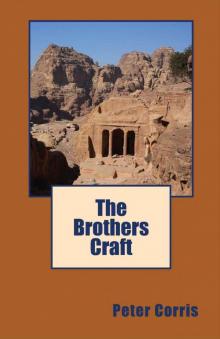 The Brothers Craft
The Brothers Craft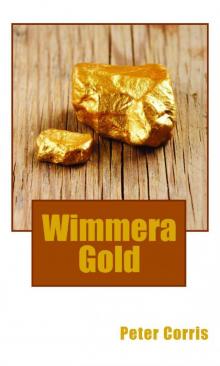 Wimmera Gold
Wimmera Gold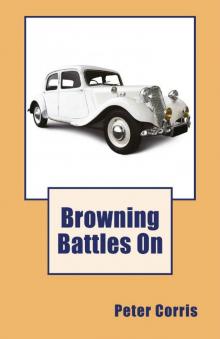 Browning Battles On
Browning Battles On Get Even
Get Even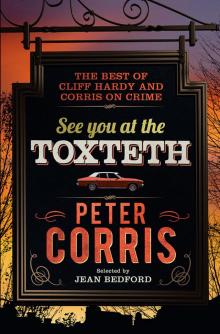 See You at the Toxteth
See You at the Toxteth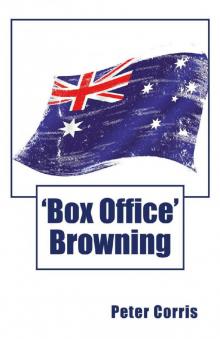 Box Office Browning
Box Office Browning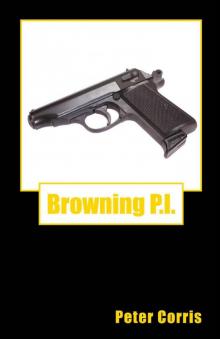 Browning PI
Browning PI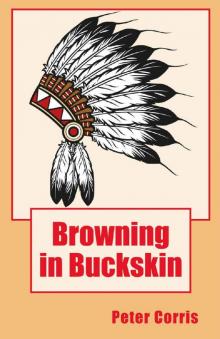 Browning in Buckskin
Browning in Buckskin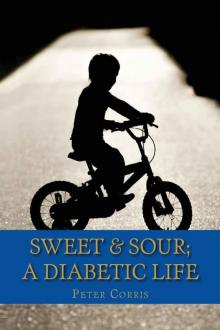 Sweet & Sour
Sweet & Sour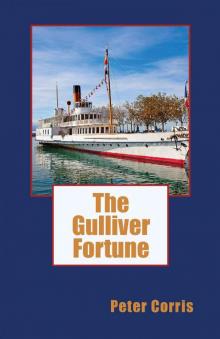 The Gulliver Fortune
The Gulliver Fortune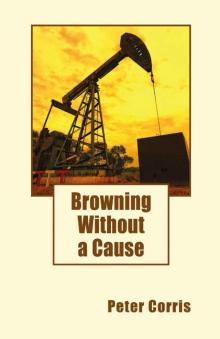 Browning Without a Cause
Browning Without a Cause That Empty Feeling
That Empty Feeling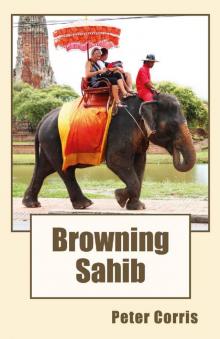 Browning Sahib
Browning Sahib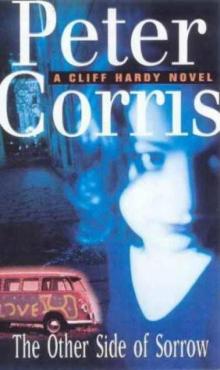 The Other Side of Sorrow ch-23
The Other Side of Sorrow ch-23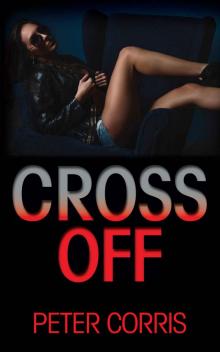 Cross Off
Cross Off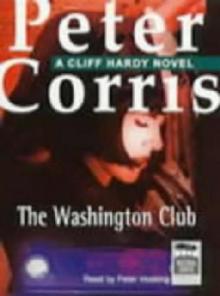 The Washington Club ch-19
The Washington Club ch-19 Deal Me Out ch-9
Deal Me Out ch-9 Deep Water ch-34
Deep Water ch-34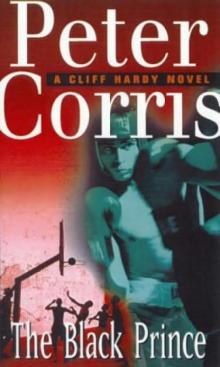 The Black Prince ch-22
The Black Prince ch-22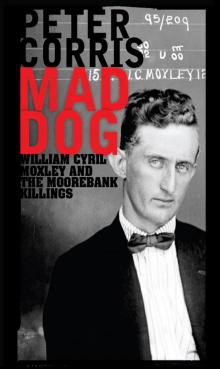 Mad Dog Moxley
Mad Dog Moxley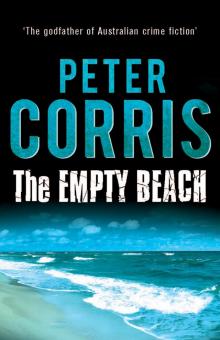 The Empty Beach
The Empty Beach The Reward
The Reward Forget Me If You Can ch-20
Forget Me If You Can ch-20 O'Fear
O'Fear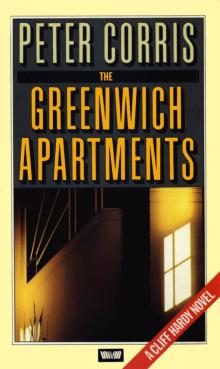 The Greenwich Apartments
The Greenwich Apartments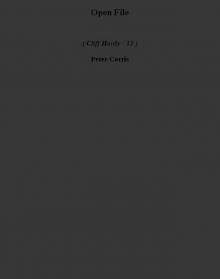 Open File ch-33
Open File ch-33 The Coast Road
The Coast Road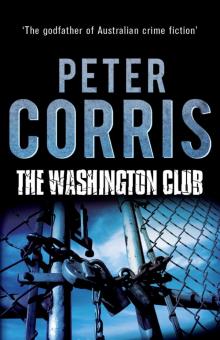 The Washington Club
The Washington Club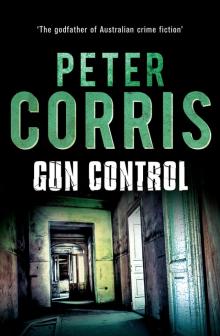 Gun Control
Gun Control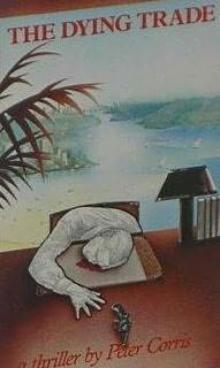 The Dying Trade ch-1
The Dying Trade ch-1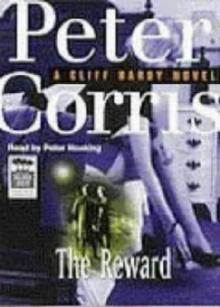 The Reward ch-21
The Reward ch-21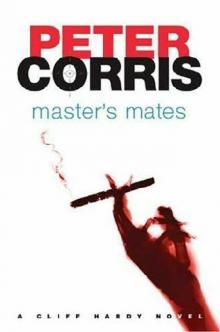 Master's mates ch-26
Master's mates ch-26![The Dunbar Case - [Cliff Hardy 38] Read online](http://i1.bookreadfree.com/i1/03/27/the_dunbar_case_-_cliff_hardy_38_preview.jpg) The Dunbar Case - [Cliff Hardy 38]
The Dunbar Case - [Cliff Hardy 38] The Winning Side
The Winning Side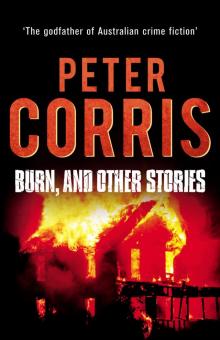 Burn, and Other Stories
Burn, and Other Stories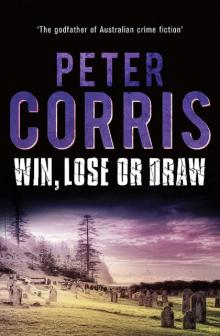 Win, Lose or Draw
Win, Lose or Draw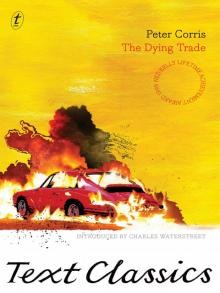 The Dying Trade
The Dying Trade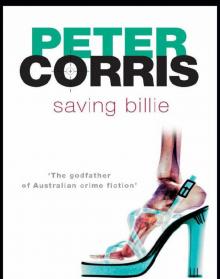 Saving Billie
Saving Billie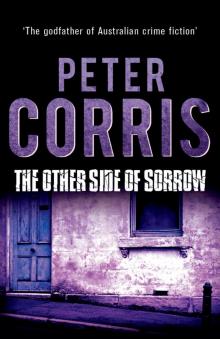 The Other Side of Sorrow
The Other Side of Sorrow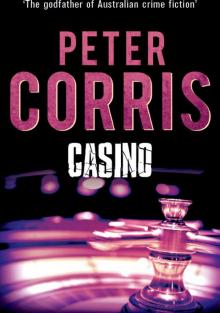 Casino
Casino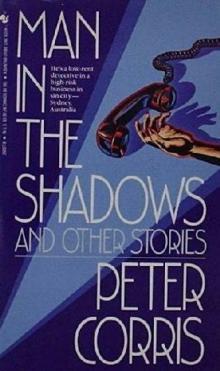 Man In The Shadows ch-11
Man In The Shadows ch-11 The January Zone ch-10
The January Zone ch-10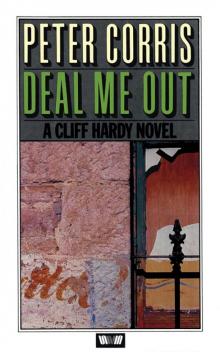 Deal Me Out
Deal Me Out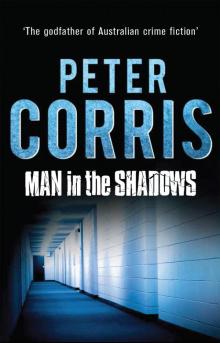 Man in the Shadows
Man in the Shadows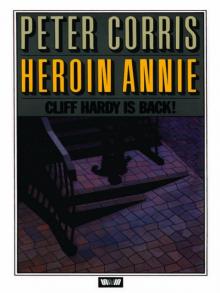 Heroin Annie
Heroin Annie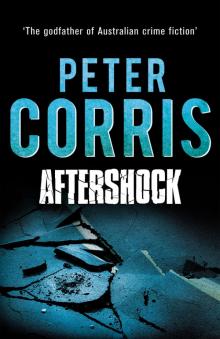 Aftershock
Aftershock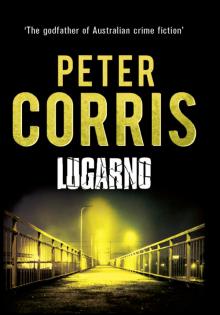 Lugarno
Lugarno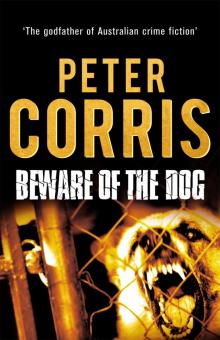 Beware of the Dog
Beware of the Dog Aftershock ch-14
Aftershock ch-14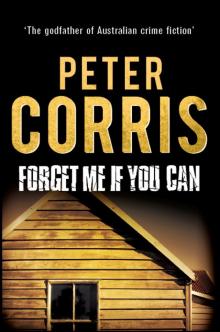 Forget Me If You Can
Forget Me If You Can The Big Drop
The Big Drop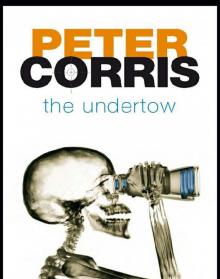 The Undertow
The Undertow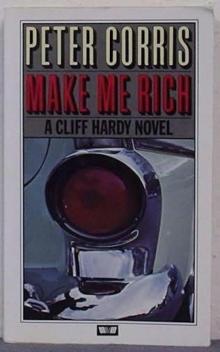 Make Me Rich ch-6
Make Me Rich ch-6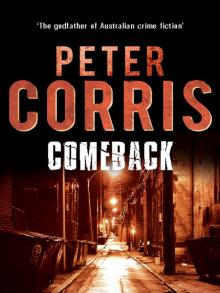 Comeback
Comeback The Big Drop ch-7
The Big Drop ch-7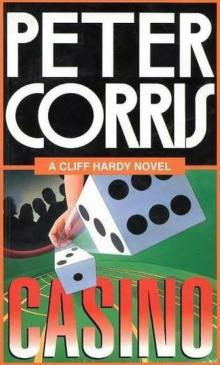 Casino ch-18
Casino ch-18![Comeback - [Cliff Hardy 37] Read online](http://i1.bookreadfree.com/i1/04/01/comeback_-_cliff_hardy_37_preview.jpg) Comeback - [Cliff Hardy 37]
Comeback - [Cliff Hardy 37]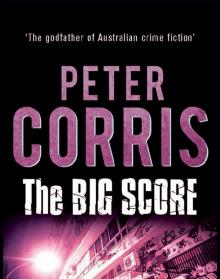 The Big Score
The Big Score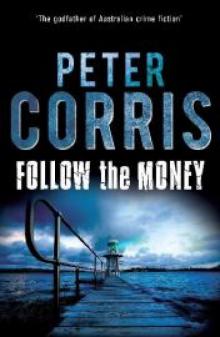 Follow the Money
Follow the Money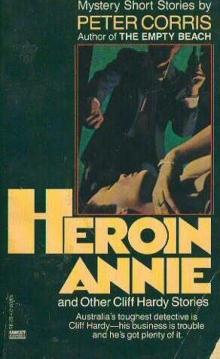 Heroin Annie ch-5
Heroin Annie ch-5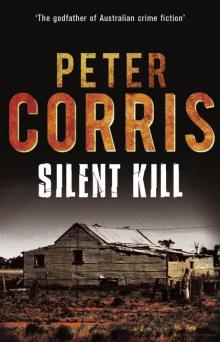 Silent Kill
Silent Kill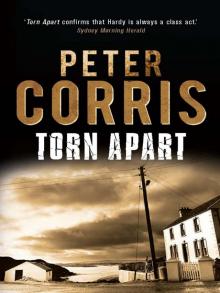 Torn Apart
Torn Apart The Marvellous Boy
The Marvellous Boy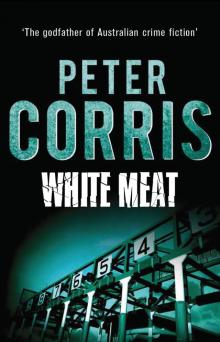 White Meat
White Meat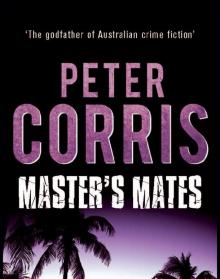 Master's Mates
Master's Mates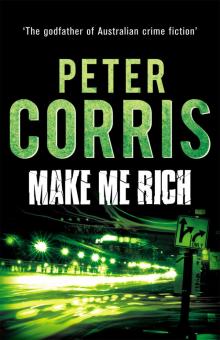 Make Me Rich
Make Me Rich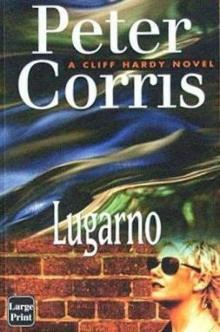 Lugarno ch-24
Lugarno ch-24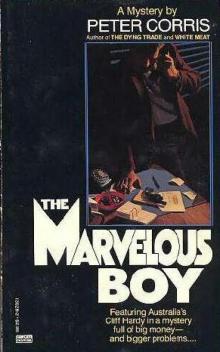 The Marvellous Boy ch-3
The Marvellous Boy ch-3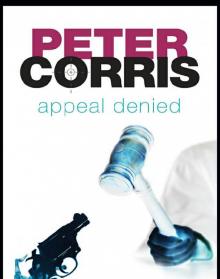 Appeal Denied: A Cliff Hardy Novel
Appeal Denied: A Cliff Hardy Novel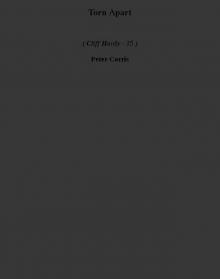 Torn Apart ch-35
Torn Apart ch-35 The January Zone
The January Zone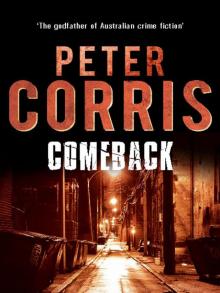 Comeback ch-37
Comeback ch-37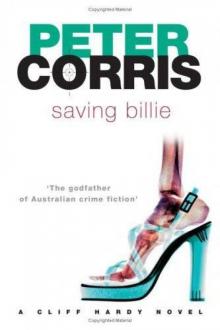 Saving Billie ch-29
Saving Billie ch-29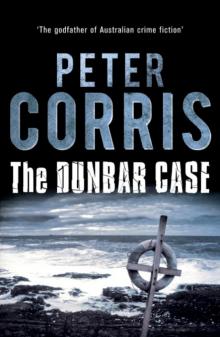 Dunbar Case
Dunbar Case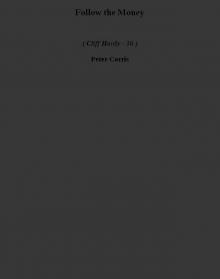 Follow the Money ch-36
Follow the Money ch-36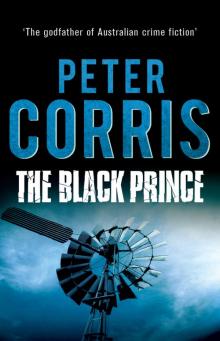 The Black Prince
The Black Prince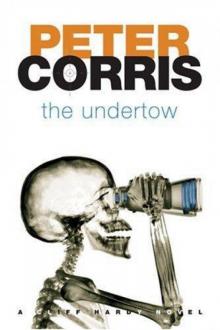 The Undertow ch-30
The Undertow ch-30 Taking Care of Business ch-28
Taking Care of Business ch-28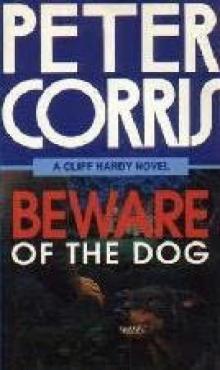 Beware of the Dog ch-15
Beware of the Dog ch-15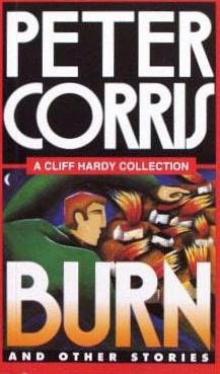 Burn and Other Stories ch-16
Burn and Other Stories ch-16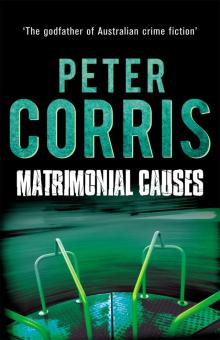 Matrimonial Causes
Matrimonial Causes Matrimonial Causes ch-17
Matrimonial Causes ch-17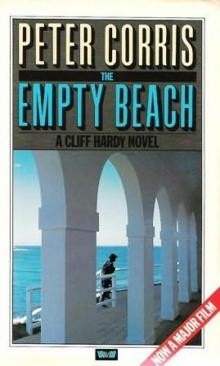 The Empty Beach ch-4
The Empty Beach ch-4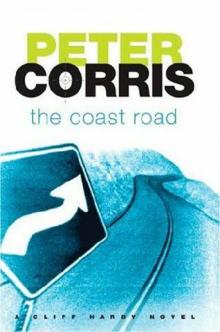 The Coast Road ch-27
The Coast Road ch-27 Salt and Blood
Salt and Blood The Greenwich Apartments ch-8
The Greenwich Apartments ch-8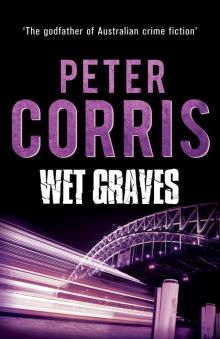 Wet Graves
Wet Graves